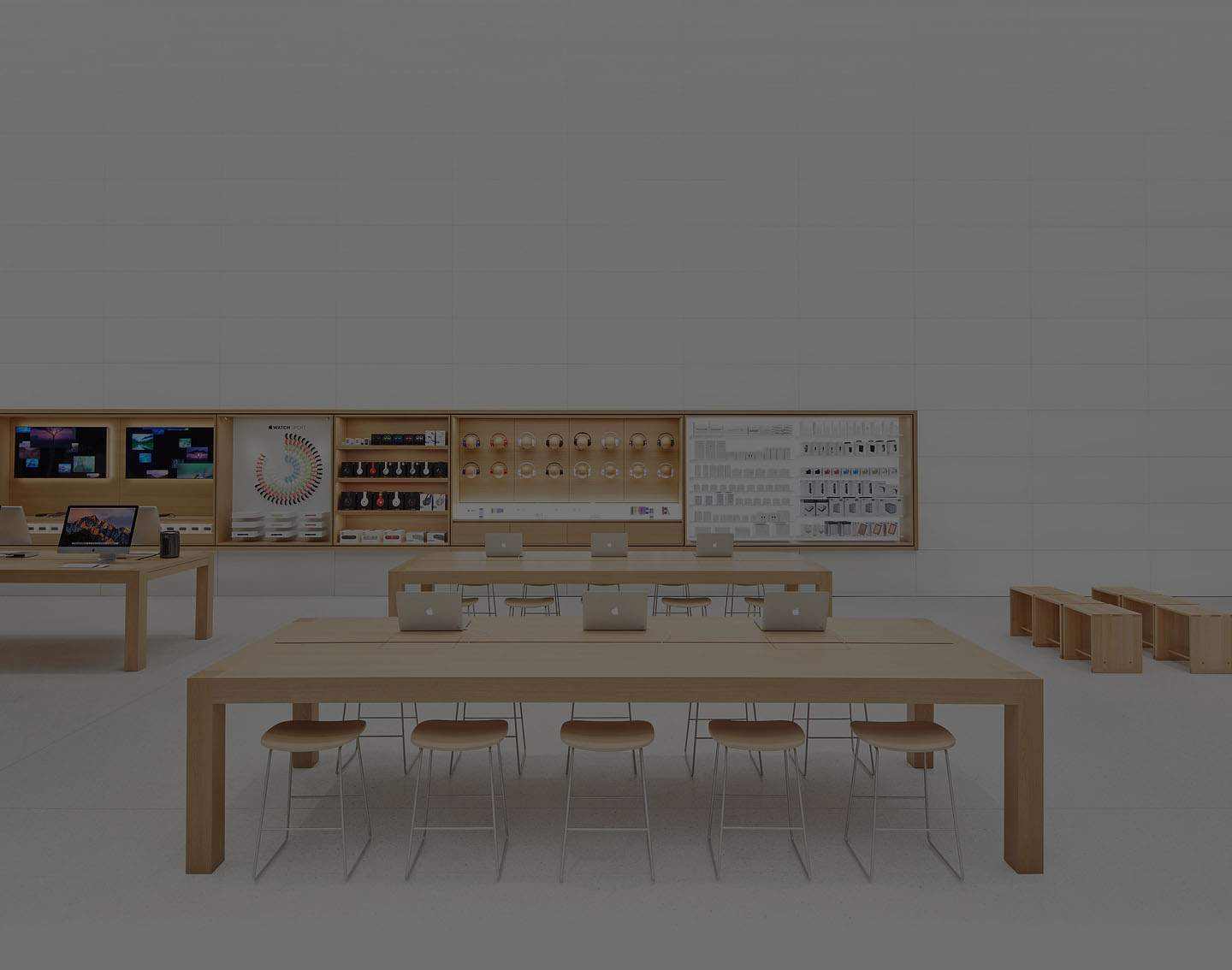
blog & news
AirPods Pro 3 after three months: Exactly what I want from an upgrade
It’s been three months since Apple unveiled AirPods Pro 3, and despite a complicated first few weeks with the product, I’m happy to report that with more use it’s become an excellent upgrade.
Initial AirPods Pro 3 fit problems have faded away
AirPods Pro 3 have been an unusual upgrade for me. Initial reviews...
iOS 26’s Apple Maps feature can save you from traffic, here’s how to set it up
iOS 26 brought several solid upgrades to Apple Maps, including a feature centered on your typical routes and patterns that might save you from unexpected traffic delays.
Apple Maps in iOS 26 can learn your routines and offer proactive delay alerts
When Apple unveiled iOS 26 in June, it showed off a new feature...
iOS 26.2 gets new RC for iPhone ahead of launch
iOS 26.2 is expected to launch some time this week, but it looks like today might be ruled out. Apple has just shipped a second RC of iOS 26.2 for developers and public beta testers.
iOS 26.2 revised RC arrives for developers and public beta testers
Earlier today, a leaker with a...
Apple Silicon chief Johny Srouji reportedly commits to staying at Apple for now
Johny Srouji isn’t leaving Apple, according to Johny Srouji. According to a leaked memo obtained by Bloomberg, Apple’s chip boss has recommitted to staying at the company.
Over the weekend, Bloomberg reported that Johny Srouji was “seriously considering” the decision to leave Apple. According to the report, Srouji voiced this to Apple...
Apple TV previews new F1 streaming deal, confirms driver onboard cams will be included
Today was the last race of the 2025 F1 championship, and that also meant the last time ESPN will broadcast a race in the United States. From next year, Apple takes over with all races streaming as part of an Apple TV subscription.
Apple released a new social media ad for the deal...
Apple announces departure of two more top executives
Apple’s leadership shakeup continues. Apple has announced that two more executives are departing the company: Katherine Adams, Senior Vice President and General Counsel, and Lisa Jackson, vice president of Environment, Policy and Social Initiatives.
Apple announced the news in a press release today. Lisa Jackson is set to retire late January 2026, while...
SpongeBob and PowerWash Simulator headline today’s six additions to Apple Arcade
As announced a few weeks ago, Apple Arcade added multiple new titles today, including SpongeBob: Patty Pursuit 2 and PowerWash Simulator. Here’s the full list.
Every few weeks, Apple adds titles to Apple Arcade, its gaming platform that offers more than 270 titles with no ads and no in-app purchases.
Following last month’s addition of Football...
Apple Music Replay 2025 personal listening recap is ready to explore and share
It’s officially time for Apple Music subscribers to recap their year in music. The 2025 Apple Music Replay is now available in Apple Music, providing a personalized look back at your year in music listening habits.
Apple Music Replay has been an annual, viral hit for years. It presents fun music...
India confirms that users may delete mandatory state-owned ‘security’ app
Following pushback from a mandate requiring phones in India to come pre-installed with a state-owned, undeletable app, the government is now saying that the app may be deleted if users choose to do so.
The move, however, is unlikely to change Apple’s refusal to comply with the order. Here are the...
Here are the main challenges that Apple’s new AI lead will face from day one
Amar Subramanya will likely become one of the most closely watched hires Apple has made in years. Here’s what he needs to do first.
Apple’s new VP of AI has some experience with catching up
Following the retirement announcement of John Giannandrea, Apple confirmed that Amar Subramanya will join the company after less than...
